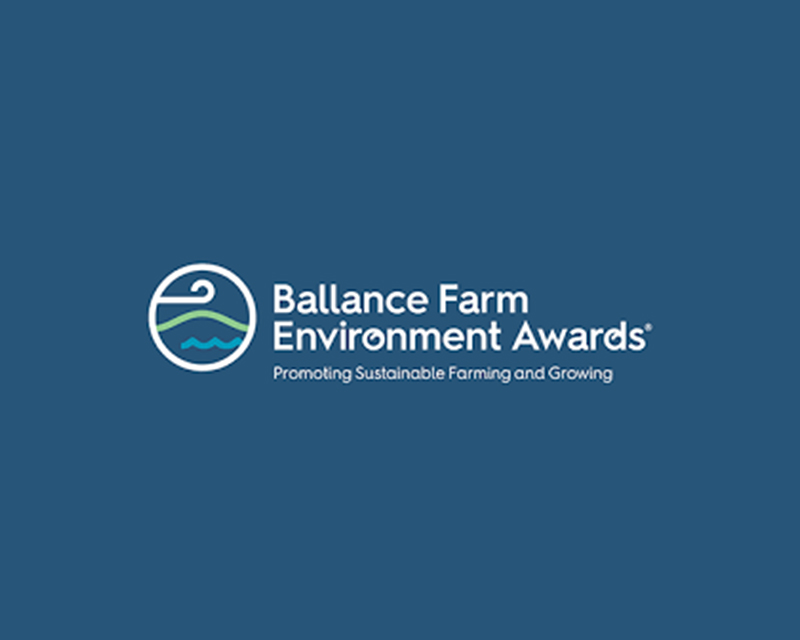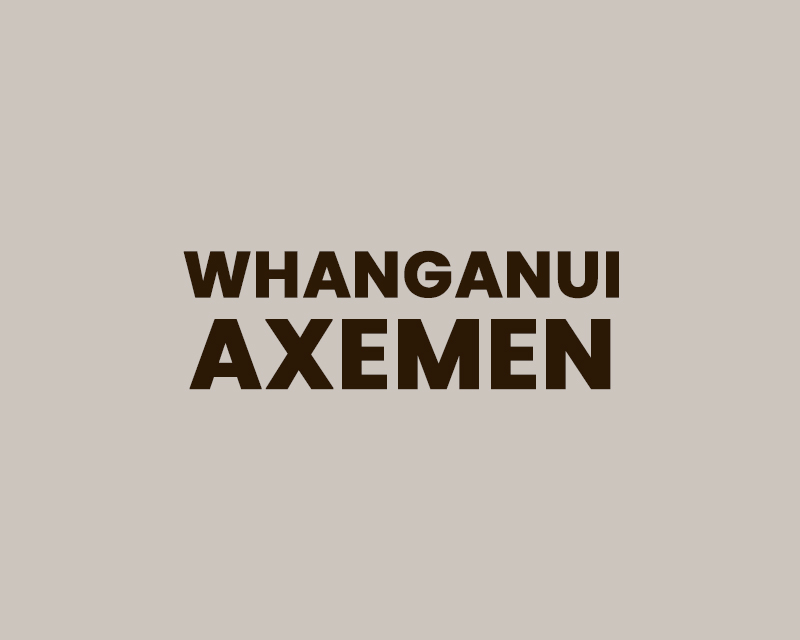
Reasons to enter older or second rotation forestry into the Emissions Trading Scheme
Keeping your options open
One of the common misconceptions regarding the Emissions Trading Scheme (ETS) and the Sawtooth carbon accounting category is that it is not worthwhile participating because credits may have to be surrendered at harvest. However, this summary aims to outline the key reasons why you would consider entering under this category. You could be missing out on significant returns if your forest is not registered by the end of 2022.
The expense of registering and participating in the scheme is low when compared to the potential opportunities and returns further down the track. These include:
- Better marketability/value to a perspective purchaser who desires to trade carbon
- Respond to a market opportunity
- Use the credits to fund the growth of more credits
- Retain credits as a ‘hedge’ for unforeseen cashflow shortages
As a bare-bones approach a forest owner could participate in the scheme, accruing credits but not trading. It is important to note that no financial liability is created unless credits are sold.
The way the ETS is structured and with the upcoming changes, if you don’t enter the scheme and claim credits in the current 5-year commitment period (2018-2022) you will miss out on the opportunity.
MPI provided an interim deadline for submitting applications in order for them to guarantee processing before the end of 2022. This was the 30 April 2022. As this date has lapsed, there is a lower chance that MPI will process this application by the end of the year.
Protect your land value
Forest land that can earn carbon credits has seen significant increases in value, especially with the recent carbon price inflation.
With carbon allocation significantly compromised under ‘averaging’ it is possible that land values of older or second rotation forests could fall to be more in line with ‘Pre-1990’ values. The averaging carbon accounting category will be the default carbon category for all forests registered after 2022.
Previously, forest owners were also to have the option to enter their forests under a ‘permanent forest’ category to receive carbon allocation from 2023. However, MPI released a consultation document in March 2022 which proposes restrictions on exotic forests being registered into the new permanent forest category. This category would also require a commitment to not harvesting their forest for 50 years, which is unlikely to be a realistic option when significant investment has been made in roading infrastructure.
Market resilience – credits may be worth more than future harvest
Carbon credits give a forest owner access to more than one market. Current price trends suggest the ‘carbon market’ could be worth more than the ‘timber market’ in the second rotation.
When a harvest has occurred, the slow release of carbon from the first rotation harvest AND the new growth and carbon sequestration of the second rotation forest must be accounted for. When these balance out, positive carbon accrual starts again. For second rotation forests, positive carbon allocation is likely to occur from age 10, up to when the forest is harvested, say at age 28. For many forests, the value of carbon accrued over these 18 years is likely to be at least equivalent to, if not greater than returns from harvesting in the second rotation.
For example, a 100ha forest in the southern North Island, harvested in 2020 could accrue 58,700 NZU between 2031 and 2048. At a carbon price of $70 this would be worth $4,109,000 or $41,090/ha. Note, these volumes are according to the MPI standard tables. If your forest is greater than 100ha, your trees (actual carbon) would need to be measured and NZU allocation could be 10-30% greater.
There are two important items to note here:
- A forest owner could wait until year 28 (at which point they will have a good idea of expected stumpage returns) to evaluate the optimum outcome i.e., harvest or trade carbon.
- If they traded carbon between age 10 and 28 the value of the carbon relative to timber would be worth even more in present terms given cashflow timing ($100 worth of credits sold in year 10 is potentially worth $400 worth of logs in age 28, assuming an interest rate of 8%).
Using credits to fund forest management
One of the challenges of a forestry investment is the requirement to outlay significant amounts of capital upfront but having to wait many years before any return can be realised. Discounted cashflow analysis heavily penalises this type of business model. However, utilising the sale of carbon credits significantly improves the investment case.
If the sale of an NZU is invested in growing another forest where a reasonable rate of return can be achieved, a significantly higher price could be paid to meet a harvest surrender. For example. If a credit is sold for $70 at age 10 and money invested, a forest owner could afford to pay up to $168 in year 28 and still be better off (assumes 5% average annual ROI).
Alternatively, if the carbon price is still high when the forest matures, harvest could be delayed until the price eventually drops. In theory, the carbon price will eventually decline as economies decarbonise and the demand to offset carbon emissions in forests is reduced (it is obviously unclear when this might happen). While the carbon price is high and harvesting is not economic, the forest owner could still be benefiting from the high price.
Carbon lease
While the risks of trading carbon and speculating on price may be unmanageable for a forest owner, there are organisations who do have the expertise. These companies understand the carbon market and how 20 years of allocation can be used to their advantage.
These companies offer forest owners a ‘carbon lease’ whereby landowners are paid an annual lease for the rights to all carbon sequestered by the forest. This carbon is then returned at the end of the lease term to meet any surrenders associated with harvesting. Note that forest owners can still focus on growing a commercially optimum timber crop just as they would if no lease exists.
This option allows a forest owner to receive a passive income throughout the lifecycle of the forest without creating any financial liability.













